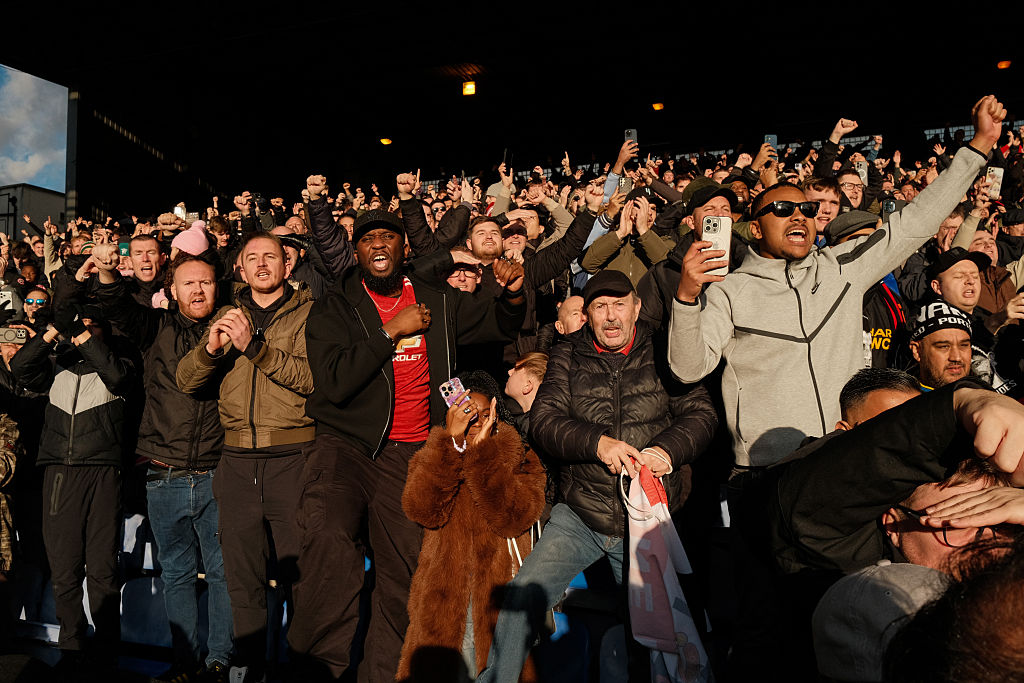Scrabble, Princess Diana and Armenia
For EuropeâÂÂs football giants, qualifying for the finals of Euro 2012 is almost a formality. For many smaller countries, such as Armenia, ambitions are more modest. Earning more points than last time, doing well enough to move up to the next pot in the seedings.
These are not the kind of aims to inspire a nation, so if they are accompanied by the occasional night of unexpected glory â like ArmeniaâÂÂs 3-1 win over Slovakia last Friday â so much the better.
Armenia is a far away country of which most football fans know nothing. Till now, the Armenians have had only one thing in common: a sense of indignant grief over the murder of at least a million of their compatriots by Turkey during World War One. Armenians arenâÂÂt even united by geography: only three million of them live in the republic, another 11 million are scattered across the globe.
Afflicted by history and geography, this fragile young nation has long looked to individual celebrities such as chess master Gary Kasparov (a keen football fan) to embody the nation they dream of becoming. (This quest even led some eager patriots to calculate that Princess Diana was 1/64th Armenian.) Since their victory over Slovakia â and their 4-0 tonking of Andorra â the national football team has become such a symbol.
The 3-1 win was a shock but hardly undeserved. ArmeniaâÂÂs fast, short passing game outfoxed the Slovaks (who played like big-time Charlies convinced that victory was just a matter of turning up) and the new 3M forward line â Edgar Manucharyan, Henrik Mkhityaryan and Yura Movsisyan â gives the team something it has conspicuously lacked in recent years: a cutting edge in front of goal.
National coach Vardan Minasyan, who won 11 caps in midfield for Armenia and was caretaker manager when the national team beat Belgium 2-1 in 2009, has transformed the team. After losing 1-0 to Ireland, they came within a late handball of beating Macedonia away before settling for a 2-2 draw.
The victory over World Cup finalists Slovakia is arguably their most spectacular result in 18 years of international football. And the rather more expected win against Andorra means Armenia are on an unprecedented three-game unbeaten run.
The best features, fun and footballing quizzes, straight to your inbox every week.
How the 1998 World Cup was won⦠with Armenian help
Before the Slovakia game, the edited highlights of ArmeniaâÂÂs football history amounted to Ararat YerevanâÂÂs Soviet league title in 1973, their subsequent run to the European Cup quarter-finals and that triumph over Belgium. The best Armenian footballer of all-time is, by common consent, midfielder Khoren Oganesian who won 34 caps for the USSR and scored the winner, coincidentally against Belgium in the 1982 World Cup.
On top of that, two members of FranceâÂÂs 1998 World Cup winning squad â Alain Boghossian and Youri Djorkaeff â are of Armenian descent. Djorkaeff has even speculated in public about coaching the Armenian national team.
The good news for Armenian players is that, since Scrabble changed the rules to allow proper names, a thorough knowledge of their monikers could help Scrabblers conquer all. Mkhityaryan is worth 26 points in the English version.
Armenia are still unlikely qualifiers for Euro 2012 finals: Minasyan doesnâÂÂt really have the strength in depth. Mkhitaryan, arguably their best player against Slovakia, is the only player in the squad with UEFA Champions League experience (with Shakhtar Donetsk) while the other most famous player, Manucharyan, has returned to ArmeniaâÂÂs perennial champions Pyunik after five wasted, injury-prone years at Ajax.
Movsisyan, whose family fled to the US for asylum eight years ago, looks a good prospect. The 23-year-old terrorised Martin Skrtel and scored the goals that kept Randers in the Danish top flight last season.
Pride, money and hope
MinasyanâÂÂs triumphs couldnâÂÂt come at a better time for Armenian football. Pyunik have won the last nine titles but are being pushed all the way this season by Yerevan rivals Banants. But Armenian football needs investment to bring more young players through: the best academies are run by Pyunik and Ararat FC. Meanwhile Hratch Kaprelian, who owns most of Ararat FC, is now investing in a French third division club.
If MinasyanâÂÂs team can become a serious focal point for ArmeniaâÂÂs national pride, the economic benefits could trickle down to clubs and the grassroots. If that happens, either fewer investors may follow KaprelianâÂÂs example or, better still, the richer members of ArmeniaâÂÂs enormous global diaspora might be inspired to invest in Armenian clubs.
This might sound like a lot of hope to build on seven points from four games. But sometimes, goals, games and qualifying campaigns can change history.
